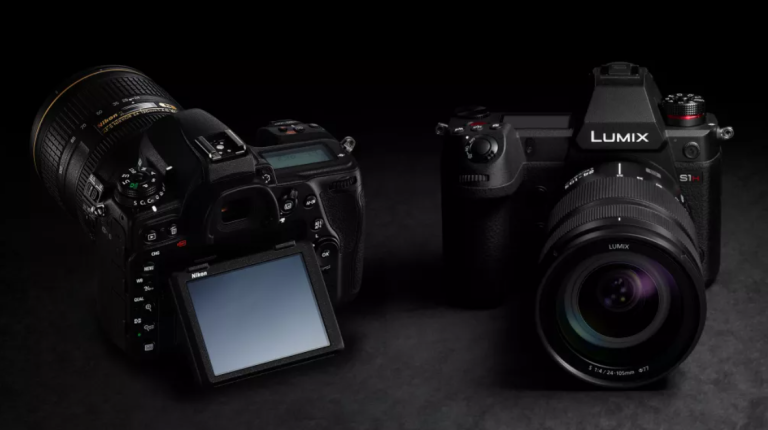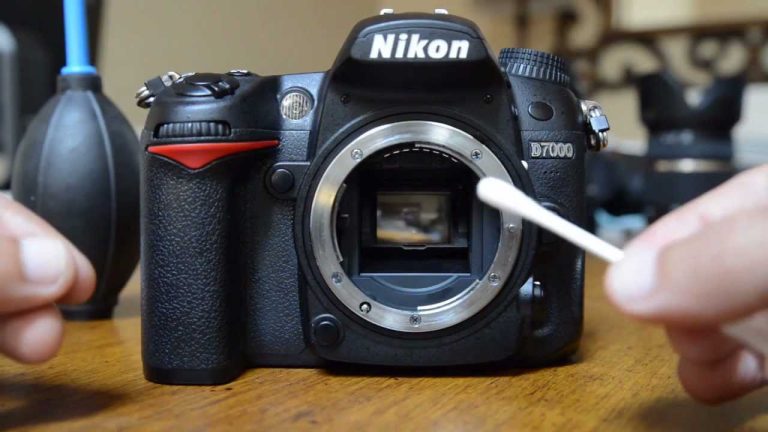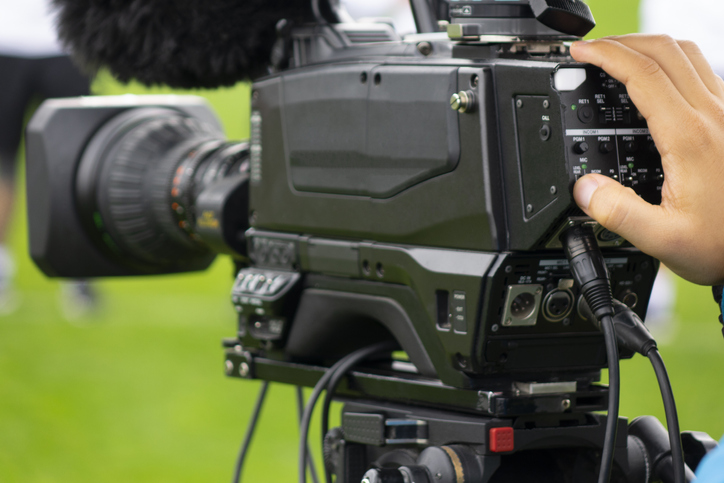Mirrorless vs DSLR for beginners – A Step by Step Comparison
Hi. I’m considering getting into photography and would like to know if the Sony NEX-7 is a better choice than Nikon D3200 for someone who wants to learn how to take good photos/ get serious with them later on, or should it be the other way around?

That’s a very good question because this problem comes up often here in SLR Lounge. And since both cameras are solid choices that offer excellent image quality at affordable prices, we decided to do a detailed comparison that will answer your question. Here we go!
Related: DSLR vs Mirrorless Cameras: Which Camera Is Best for You?
First, let’s talk about what key features a beginner needs in order to maximize his learning process when starting out in photography. The last thing you want is to lose focus because of an outdated camera that lacks all the necessary features.
People also read: How to Make Time-lapse Video: The Ultimate Guide for Beginners
So, here are some important things to consider when choosing between a DSLR and a mirrorless camera.
Weight & Size – DSLRs are typically bigger, heavier, and harder to carry around than mirrorless because they have built-in mirrors that need space inside the body. With this said though, we also need to mention that Sony has introduced some very small and lightweight cameras over the last few years (e.g. Mirrorless: NEX-3N / 5T; SLT: A58 ) which makes them perfect for beginners who want something more portable and easy to fit in their bag or purse without any issues But still, DSLRs tend to be heavier and bulkier, which may cause problems for beginners who don’t want to carry a heavy load around.
Also, here is a side-by-side comparison of the NEX-7 vs D3200 weights:
Mirrorless cameras are typically lighter than DSLRs because they don’t have a mirror inside the body that adds weight. Here is a comparison between the full-size D610 and APS-C NEX 6:
Lens Availability – DSLRs tend to have more lenses available on the market simply because there are many decades worth of high quality manual focus lenses from all sorts of manufacturers (e.g., Canon FD , Minolta MD/ MC , Nikon AI AF etc.). This means that there is a wide-range of lenses available to suit any need you may have. Some mirrorless cameras like the Sony NEX system allow you to mount DSLR lenses (with an optional adapter) which can further expand your options when choosing your next lens, but it will produce images with manual aperture control only .
On the other side, although most mirrorless cameras don’t have as many lenses available on the market today (e.g., no entry level prime), they offer plenty of native prime and zoom lenses which are typically smaller, lighter and very well built by makers like Olympus, Panasonic, Fujifilm etc. So there is little or no compromise regarding image quality here unless you want AF for sports/wildlife/action subjects. You can see a few examples of popular lenses for the Sony NEX system in our lens database.
Auto-focus Speed – DSLR cameras have been around for decades and have been constantly improved over time, so their autofocus speed is typically faster than most mirrorless cameras. This means that when photographing fast moving subjects you will get less blurry images with a DSLR no matter which lens you use because they have larger mechanisms inside the body to move the mirror and focus the image very quickly. Here are some side-by-side videos demonstrating AF speed on both systems:
On this video, we compared the Nikon D7000 (DSLR) vs Olympus E-P5 (Mirrorless). Notice how much more responsive the DSLR is.
Video example #2 (not ours) comparing AF speed between Nikon D7100 (DSLR) vs Sony NEX-6 (Mirrorless). Notice how much faster the DSLR focuses. Also notice how you can’t even see the subject on the mirrorless camera because it’s too slow! And yes, both cameras were shot in their respective live view modes which are very slow on the mirrorless.
So what about continuous AF for video? This is where things get a bit tricky since most mirrorless cameras have contrast detection based autofocus systems that tend to fall short compared to hybrid or dual phase/contrast detect systems found on high end DSLRs. Here’s an example from our Micro Four Thirds lens database that shows the AF speed difference between two lenses: The Olympus 45mm f/1.8 is a very good performer for shooting videos because it has fast, accurate and nearly silent autofocus even during video recording (unlike some other MFT lenses). But here’s an example of how it performs compared to Canon’s popular EF 50mm f/1.8 II prime on their EOS T4i DSLR camera:
As you can see, the Canon does far better in this comparison because it has Dual Phase Detection AF which is superior compared to contrast detection AF found on mirrorless cameras. However, not all mirrorless cameras suffer from slow AF like the ones above. For example, the Panasonic GH3 allows you to use its impressive continuous AF for both stills and video which is very useful when shooting unpredictable kids or pets. Also, keep in mind that not all DSLRs can do this either! For example, the Nikon D5200 (one of Nikon’s newest crop-frame DSLRs) only has contrast detection based AF during video recording which results in lots of focus hunting.
If you want to take a look at how certain lenses perform on different cameras, check out our lens database . Here are direct links for Micro Four Thirds: Olympus OM-D E-M1 Panasonic Lumix GH3 and Sony NEX: Sony Alpha A6000
High ISO Performance – There is no question here; sensors found on high end DSLRs like Canon’s 1D X and Nikon’s D4s will produce cleaner images at higher ISO settings compared to all current generation mirrorless cameras. However, many of today’s mirrorless cameras like the Sony A7S , Blackmagic Production Camera and GH4 offer impressive high ISO performance that is nearly identical to what you would get from a DSLR. If your budget is tight then you should expect more noise on your stills when using a DSLR, but video quality remains about equal between both systems with most newer cameras these days because they are now equipped with advanced image processors that do an excellent job at reducing noise in video mode.
Autofocus Accuracy – Autofocus accuracy is very important for photographers who shoot fast moving subjects or with large aperture primes. Most DSLRs are equipped with 51 or more AF points which makes them ideal for photographing moving subjects since you can compose your shot and let the camera track the subject as it moves through the frame. Also, DSLRs have a separate AF module that focuses independently inside the body allowing faster autofocus performance compared to mirrorless cameras which focus using their contrast detect sensors found on the main image sensor.
Here’s an example of how fast a Canon 1D Mark IV focuses when photographing a horse running at full speed:
On this video, we tested both systems side-by-side – Panasonic GH3 vs Canon 7D . Please note that both videos were filmed in live view mode to avoid any AF issues caused by continuous AF.
Reduced Viewfinder Lag – DSLRs have much faster and more accurate viewfinders compared to mirrorless cameras because the latter electronically scans the image through live view which often results in a laggy viewfinder that is not suitable for fast action or sports photography. So if you like photographing moving subjects then we highly recommend getting a DSLR instead of mirrorless camera because it will help you track your subjects much better when shooting with large aperture lenses such as f/1.4 or f/2.8 primes (definitely not an option with most mirrorless systems). Photographers who shoot landscape or studio work should not be affected by this since they usually use small aperture lenses and their subject rarely moves within frame.
DSLR Shutter Lag Testing
If you are interested to see how DSLRs compare against mirrorless cameras when used for sports, check out our Panasonic GH3 vs Canon 7D test . Keep in mind that both videos were shot using live view which is not designed for fast action work.
Surprisingly the video performance of the Sony A7S is quite impressive considering it’s a stills camera with no 4K recording capabilities at the moment. So if you don’t need 4K then this might be an option for you because it does have built-in image stabilization unlike other models on this list!
The current generation micro four thirds system cameras are simply amazing. And although they are not as advanced as full frame cameras, their size and weight are significantly smaller which makes them ideal for travel and wildlife work. With the Olympus OM-D E-M1 you can also use your old manual lenses with an affordable adapter like this one . Unfortunately, most entry level DSLRs like Nikon D3200 or Canon T5i do not come with in body image stabilization (IBIS) nor high ISO capabilities. So if you are limited to working only with kit lenses then keep in mind that most of your images will be plagued by blur due to camera shake because it’s really hard to hold these small cameras steady when shooting at slow shutter speeds.
However, when using modern APS-C DSLR bodies along with stabilized lenses such as Sigma 17-50mm f/2.8 , Canon EF-S 18-55mm f/3.5-5.6 IS II or the Canon EF 24-70mm f/2.8 L II with built in stabilization, you can easily shoot handheld down to 1/20th of a second without any problems (at 50mm).
Mirrorless cameras like Olympus OM-D E-M1 are equipped with 5 axis sensor shift image stabilization which is great for reducing blur caused by camera shake within lenses that do not have optical stabilization (such as older models) – try doing this on full frame alternative and see how much shake is introduced when using these lenses at slow shutter speeds!




![How To Set Up Trail Cameras in 2023! [Complete Guide]](https://cameraslife.com/wp-content/uploads/2022/10/website-image-6-768x402.webp)

![Parts Of A Camera And Their Functions [Detailed Guide 2023]](https://cameraslife.com/wp-content/uploads/2022/10/website-image-3-768x402.webp)
